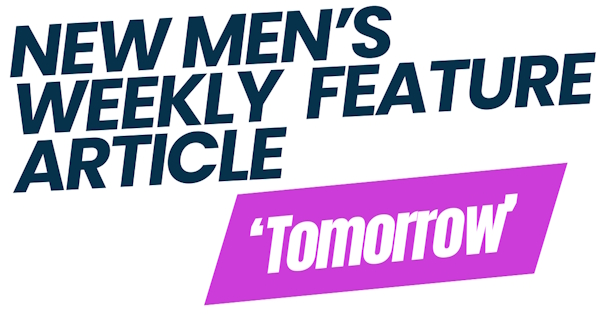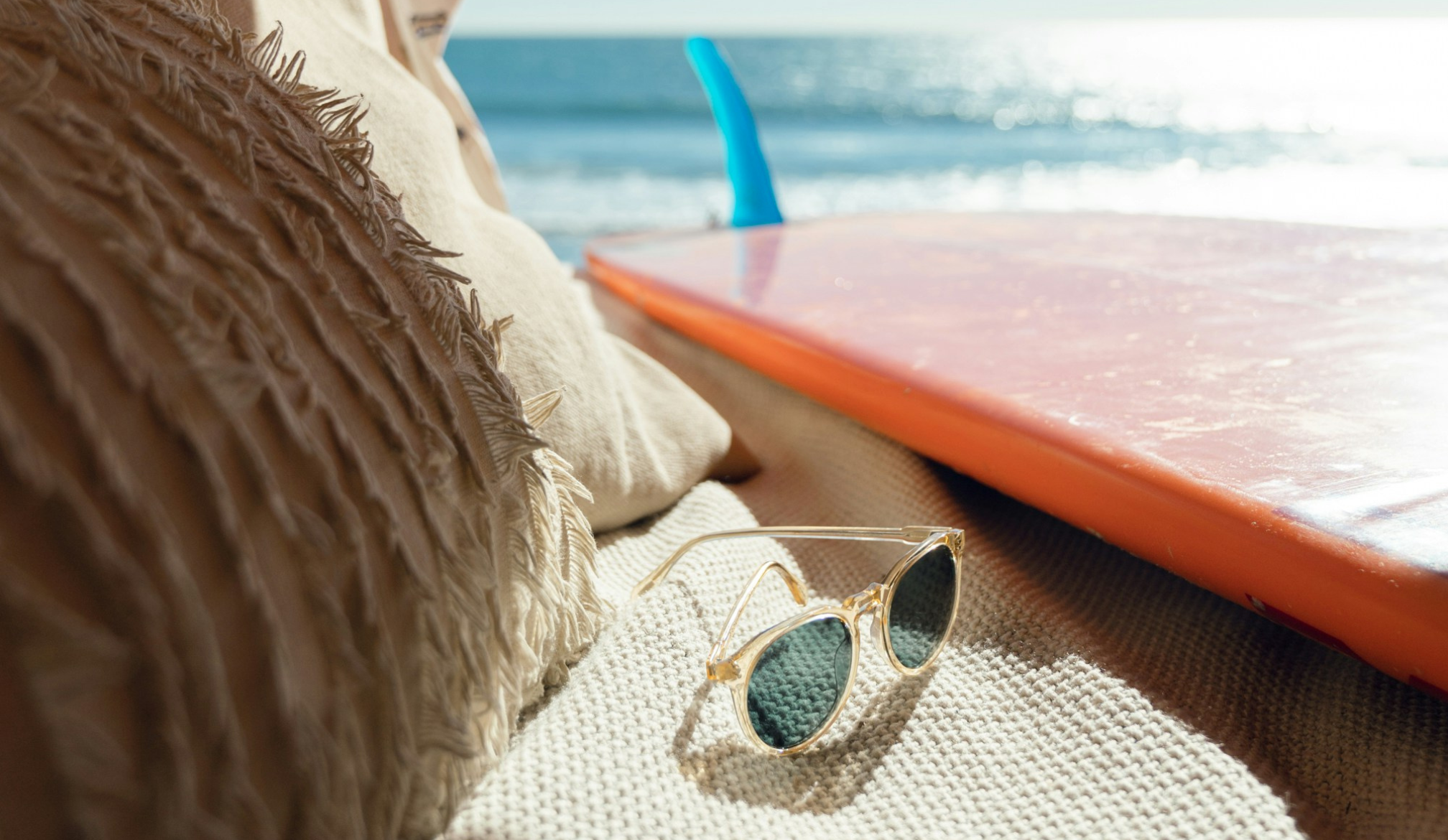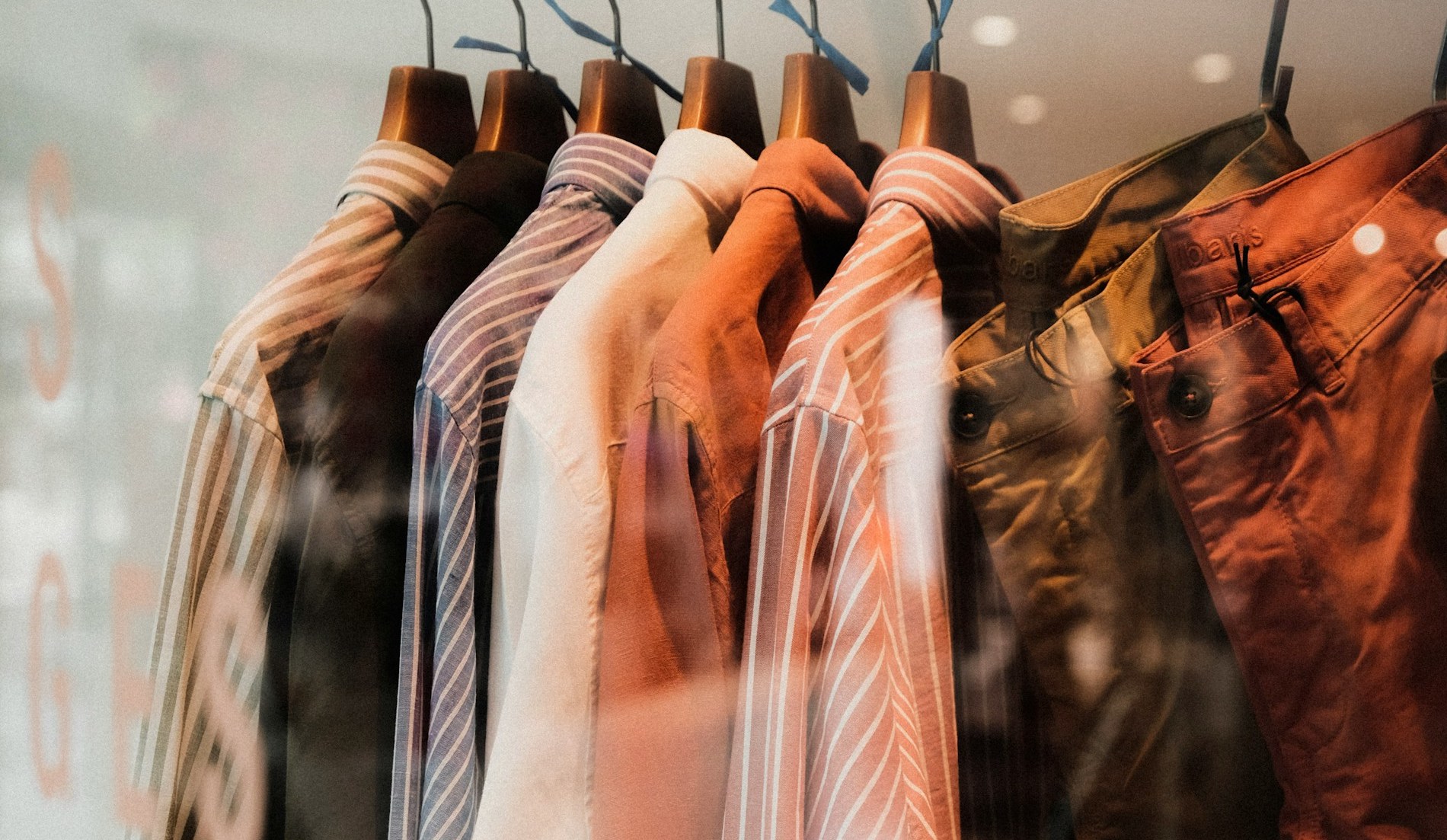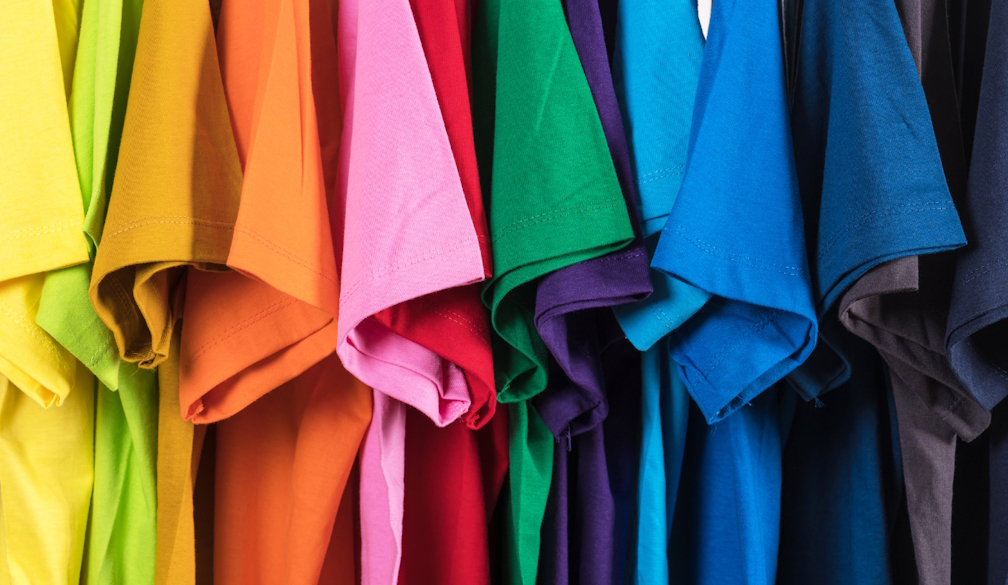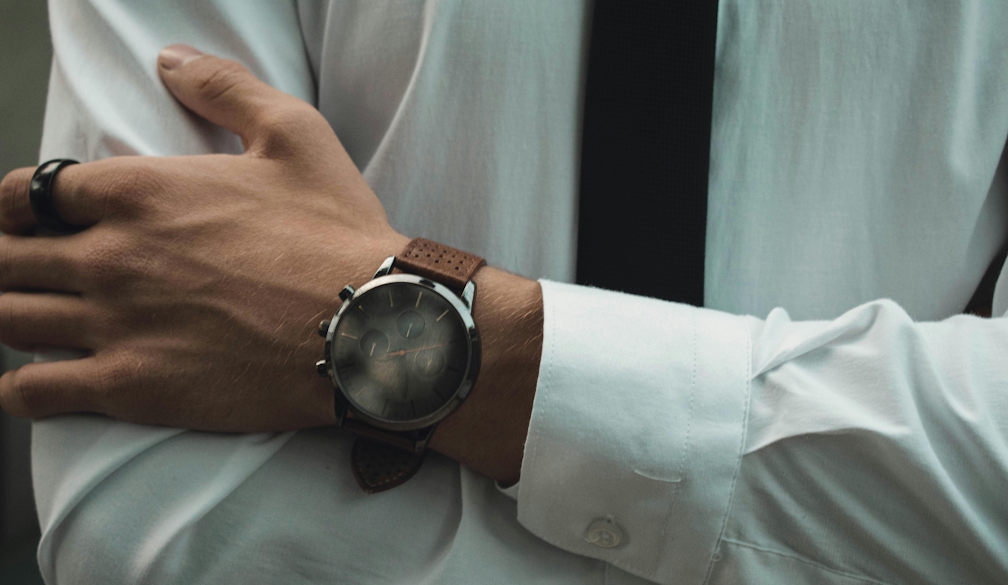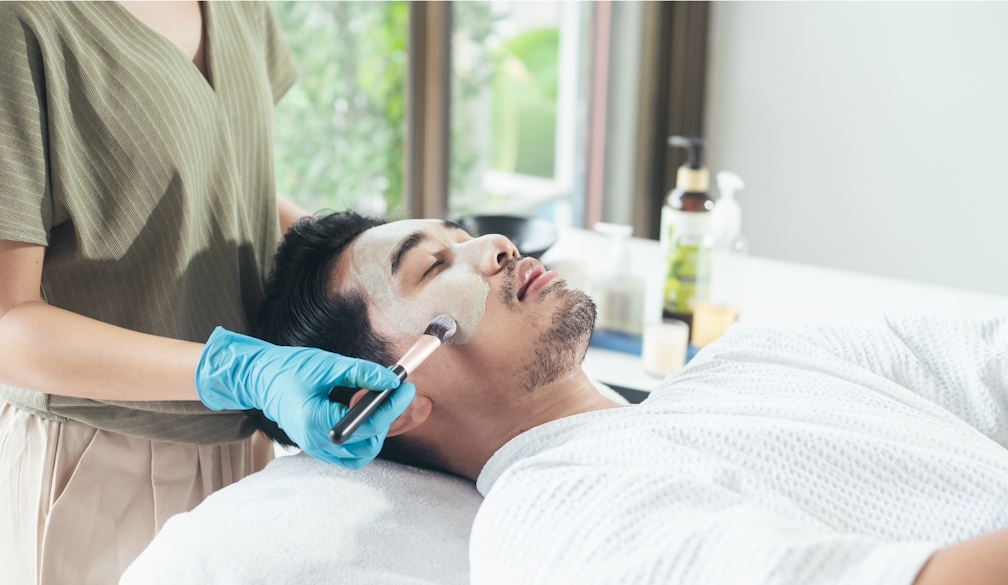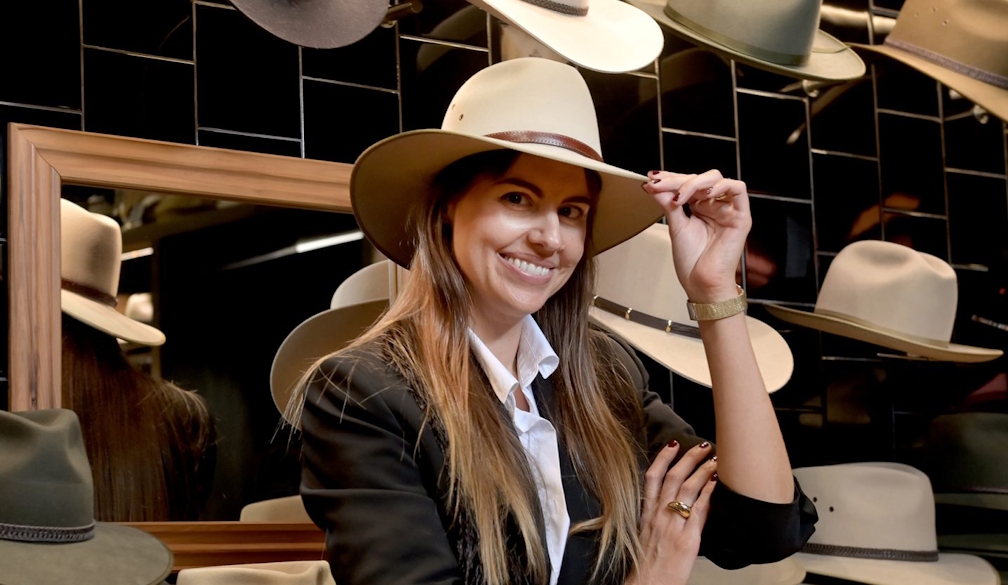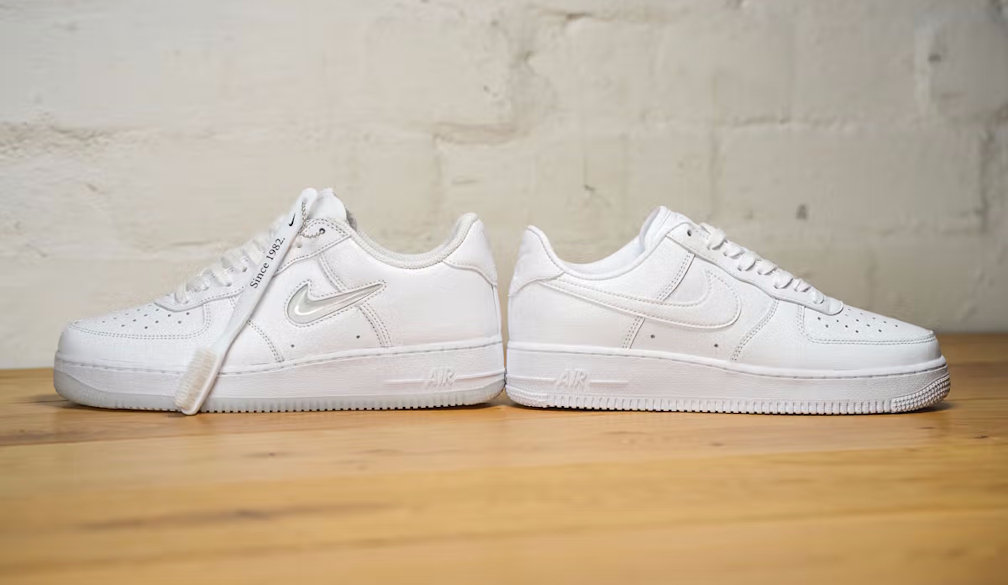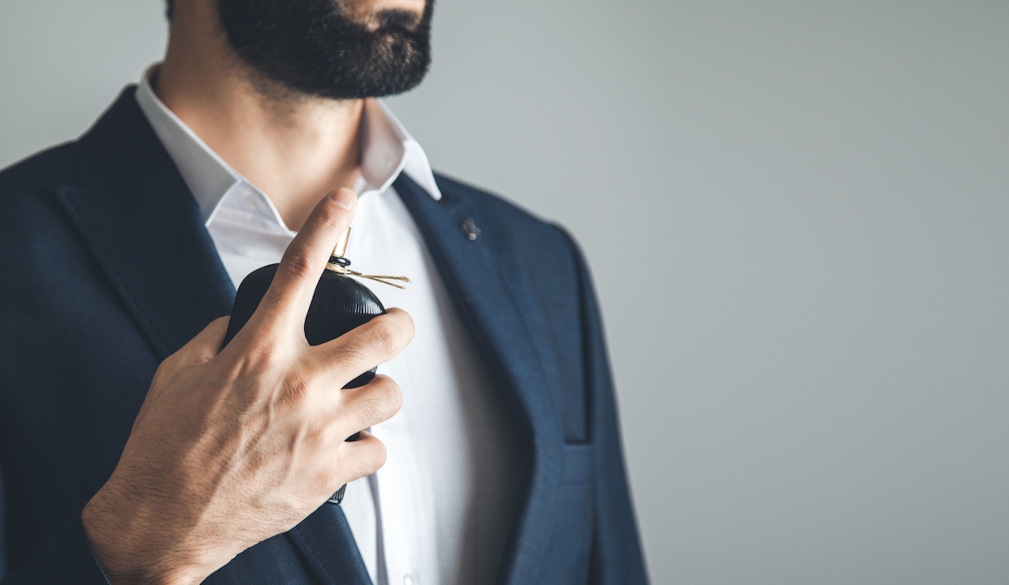What is the Correct Business Attire in 2025
- Written by Men's Weekly

The landscape of business attire has been steadily evolving. As we move through 2025, traditional notions of professional dress continue to blend with modern sensibilities, creating a more dynamic and inclusive approach to workplace fashion. What was once a rigid set of rules has given way to a more flexible framework, reflecting shifts in company culture, technology, and societal norms. Understanding the nuances of business attire in 2025 requires a keen awareness of these trends and the ability to adapt to various professional environments.
The Evolving Definition of Professionalism
In 2025, professionalism extends beyond a suit and tie. While formal attire still holds a place in certain industries, many workplaces have embraced a more relaxed and comfortable approach. This shift is driven by several factors:
Technology and Remote Work: With the rise of remote work and digital communication, the need for strict formal attire has diminished. Virtual meetings often allow for more casual dressing, and the focus shifts to professionalism in communication and task completion rather than outward appearance.
Generational Shifts: Younger generations entering the workforce bring with them different expectations regarding dress codes. They prioritize comfort and self-expression, which has influenced many companies to adopt more lenient policies.
Emphasis on Inclusivity: Businesses are increasingly focusing on creating inclusive environments. Rigid dress codes can unintentionally exclude individuals based on gender, religion, or cultural background. A more flexible approach allows employees to feel comfortable and authentic, fostering a sense of belonging.
Key Trends in Business Attire for 2025
While the definition of business attire is more fluid, several key trends have emerged:
Smart Casual Dominance: Smart casual has become the standard in many offices. This style balances professionalism with comfort, allowing individuals to express their personality while maintaining a polished appearance. Smart casual typically includes:
Dress pants or chinos with a button-down shirt or blouse
Knit sweaters or cardigans
Blazers or tailored jackets (optional)
Closed-toe shoes, such as loafers, dress shoes, or clean sneakers
Hybrid Workwear: With the prevalence of hybrid work models (combining remote and in-office work), hybrid workwear has gained popularity. This style seamlessly transitions between home and office environments. Key elements include:
Comfortable yet presentable tops (e.g., polos, knit shirts)
Stretchy, tailored bottoms (e.g., joggers, leggings with a professional finish)
Versatile layers (e.g., lightweight jackets, cardigans)
Sustainability and Ethical Fashion: In 2025, there is a growing awareness of the environmental and social impact of fashion. Professionals are increasingly choosing sustainable and ethically made clothing. This includes:
Clothing made from organic or recycled materials
Brands with transparent and ethical supply chains
Investing in high-quality, durable pieces that last longer
Personal Expression Within Boundaries: While maintaining a professional image is important, individuals are finding more ways to express their personal style within the guidelines. This includes:
Incorporating unique accessories (e.g., statement jewelry, scarves)
Choosing clothing in colors and patterns that reflect personal taste
Experimenting with different textures and fabrics
Context-Specific Attire: Understanding the context is crucial. Different industries and workplaces have varying expectations. For example:
Finance and law firms may still prefer more formal attire (suits, ties, dresses)
Tech companies and startups often lean towards a casual or smart-casual environment
Client-facing roles may require a slightly more polished look compared to back-office positions
Navigating Different Dress Codes
To effectively navigate business attire in 2025, it's essential to understand common dress code categories:
Formal Business Attire: This is the most traditional and conservative dress code. It is typically required in high-stakes environments, such as corporate law, finance, and government. Formal attire generally includes:
Suits (matching jacket and pants/skirt) in dark colors (navy, black, gray)
White or light-colored dress shirts/blouses
Ties for men
Closed-toe dress shoes
Business Professional: This dress code is slightly less formal than formal business attire but still conveys a high level of professionalism. It is common in many office settings and client meetings. Business professional attire typically includes:
Suits or suit separates (e.g., blazer with dress pants/skirt)
Dress shirts/blouses
Dress pants, skirts, or dresses
Professional shoes
Smart Casual: This is the most common dress code in 2025. It balances comfort and professionalism, allowing for more personal expression. Smart casual attire generally includes:
Dress pants or chinos
Button-down shirts, blouses, or polo shirts
Knit sweaters or cardigans
Blazers or jackets (optional)
Closed-toe shoes (dress shoes, loafers, clean sneakers)
Business Casual: This is a more relaxed version of smart casual. It emphasizes comfort and practicality. Business casual attire typically includes:
Casual pants or jeans (in good condition)
Casual shirts or blouses
Comfortable shoes (sneakers, flats)
Casual: This dress code is the most relaxed and is usually seen in creative industries or startups. It allows for a wide range of clothing, but it's still important to maintain a neat and presentable appearance. Casual attire might include:
Jeans or shorts
T-shirts or casual shirts
Sneakers or sandals
Tips for Dressing Appropriately in 2025
Know Your Workplace: Understand the specific dress code and culture of your workplace. If you're unsure, observe what your colleagues and superiors wear. You can also check the company handbook for dress code policies.
Consider Your Role: Your role within the company may influence your attire. Client-facing roles often require a more polished appearance, while back-office roles may allow for more casual dress.
Dress for the Occasion: Dress appropriately for meetings, presentations, and other events. When in doubt, it's better to be slightly overdressed than under dressed.
Invest in Quality Pieces: Focus on building a versatile wardrobe with high-quality pieces that can be mixed and matched. This will help you create a variety of professional looks without breaking the bank.
Pay Attention to Grooming: Neat and clean grooming is always essential, regardless of the dress code. Ensure your hair is styled, your nails are clean, and your clothes are well-maintained.
Embrace Comfort and Confidence: Choose clothing that fits well and makes you feel confident. When you feel good in your clothes, it shows in your demeanor and performance.
Conclusion
Business attire in 2025 is less about strict rules and more about adaptability, context, and personal expression. While formal attire still has its place, smart casual and hybrid workwear have become the norm in many workplaces. Understanding the nuances of different dress codes and embracing trends such as sustainability and inclusivity can help you navigate the evolving landscape of professional fashion. By prioritizing comfort, confidence, and context, you can present yourself professionally and authentically in any business environment.



